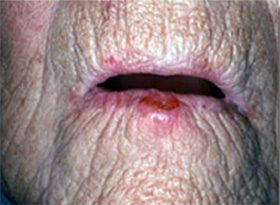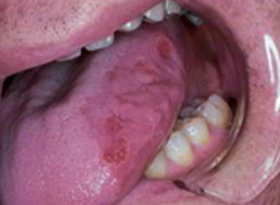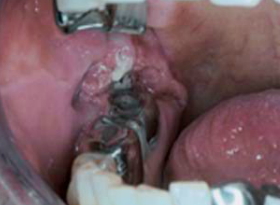APRIL IS…
ORAL CANCER AWARENESS MONTH
According to the Oral Cancer Foundation, Approximately 48,250 people in the US will be newly diagnosed with oral cancer in 2016.
RISK FACTORS
- Use of tobacco products is the largest contributor and most preventable cause of this disease
- Frequent alcohol consumption
- Historically, those over the age of 40 are at a greater risk
- Viral infections, such as HPV; particularly the HPV16 strain is associated with oral cancers
- Some studies indicate a diet low in fruits and vegetables could be a risk factor
SIGNS
- The biggest danger of oral cancer is that it can go unnoticed in its early stages
- It may appear as a white or red patch of tissue in the mouth or a small ulcer
- A lump or mass inside the mouth or neck
- Pain or difficulty swallowing, speaking, or chewing
- Any wart-like masses
- Hoarseness that lasts for a long time
- Numbness in the oral/facial region
DIAGNOSIS & TREATMENT
- Your physician or dentist can often detect oral cancer in its early stages – even when symptoms go unnoticed by the patient
- A biopsy of the area can be done to confirm any suspicions. A biopsy is a quick, pain-free, and inexpensive process.
- Treatment generally involves chemotherapy, radiation, and/or surgery – though each case differs.
- Therapy may be needed to assist in speech, chewing, and swallowing of foods.
Oral Cancer Images
Real cases of oral cancer patients demonstrate the different forms the disease can take. Visual signs may develop on the lips, tongue, or cheeks. They may appear as white or red patches, small ulcers, lumps, or masses.





